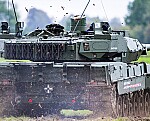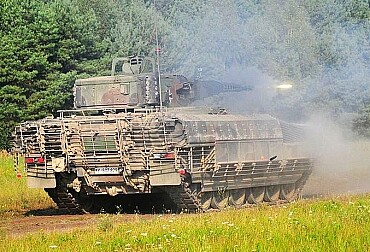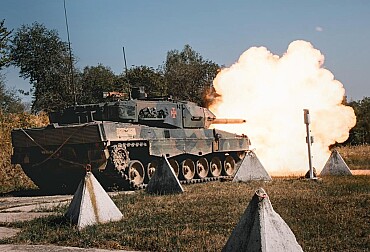The U.S. Army Shifts Focus from M1A2 SEPv4 to M1E3 Abrams
In a significant move, the U.S. Army has decided to abandon the Abrams M1A2 SEPv4 modernization program, opting instead for the M1E3 Abrams project. This decision was announced by Under Secretary of the U.S. Army, Gabe Camarillo, at the Defense News Conference held in Arlington, Virginia.
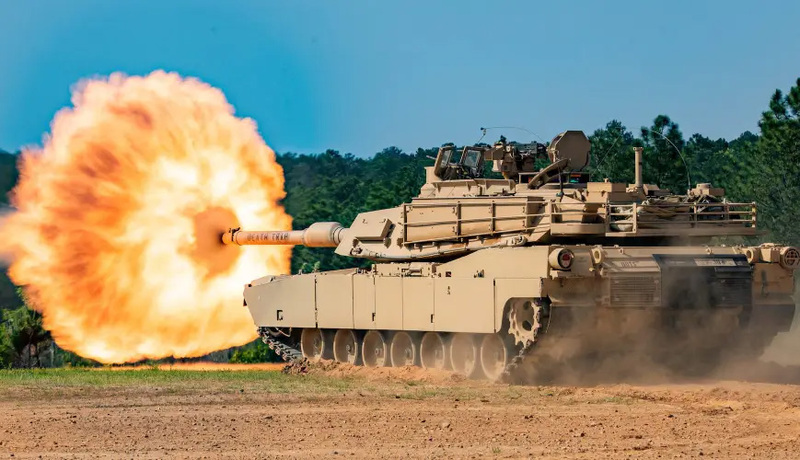
Why the Shift?
The primary concern with the SEP modernization packages was the increasing combat weight of the tank. The M1A2SEPv4 prototype, known as PV05 SEPv4, weighed over 72 tons, a significant increase from the 66.8 tons of the M1A2SEPv3 version. The M1E3 Abrams project aims to address this weight issue while enhancing the tank's capabilities for future battlefields.
Brigadier General Geoffrey Norman, director of the Cross-Functional Team (CFT) for the Next Generation Combat Vehicle (NGCV) program, emphasized the need to adapt to evolving battlefield challenges. He stated, “We must optimize the Abrams’ mobility and survivability to allow the tank to continue to close with and destroy the enemy as the apex predator on future battlefields.”
Major General Glenn Dean, Program Executive Director for Ground Combat Systems, highlighted the logistical challenges posed by the increasing weight of the Abrams tank. He pointed out the lessons learned from the war in Ukraine, emphasizing the need for integrated protections built from within.
Features of the M1E3 Abrams
The M1E3 Abrams will incorporate the best features from the M1A2SEPv4 prototype. It will align with the latest modular open systems architecture standards, ensuring quicker technology updates and reduced resource requirements. This approach will result in a more effective, lighter tank that's easier to modernize.
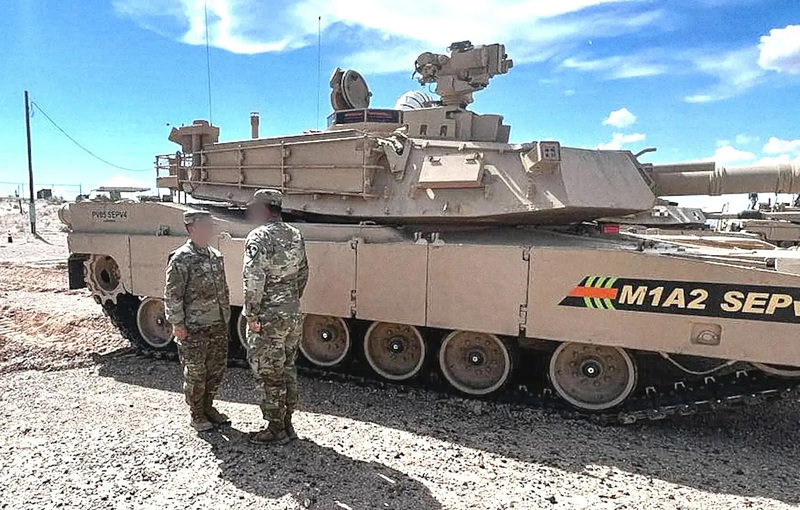
The modernization will enhance the effectiveness and strategic mobility of Armored Brigade Combat Teams (ABCT) by reducing their logistical footprint and increasing operational and tactical mobility.
While the U.S. Army will still receive the upgraded M1A2SEPv3 in smaller quantities, the focus will shift to the M1E3 Abrams. Technologies from the SEPv4 package will also be integrated.
Classification and Naming System: A Deeper Dive
The U.S. Army's classification and naming system for its fleet of combat vehicles is a structured approach that has evolved over time to ensure clarity, consistency, and a reflection of the vehicle's capabilities and modifications.
The "E" Designation
The M1E3 Abrams designation, in particular, marks a significant shift in the tank's development. The letter "E" stands for 'engineering upgrade'. This is used to denote a prototype or a development configuration that has undergone substantial changes or improvements compared to its predecessors. It signifies that the vehicle has been enhanced in a way that is more significant than a minor modification but hasn't yet reached a new class or type.
Once the vehicle undergoes rigorous testing, evaluations, and is deemed ready for formal classification, it typically receives the letter "A" designation. This transition from "E" to "A" indicates that the vehicle has moved from an experimental or enhanced phase to an official version ready for active deployment.
The "XM" Designation
Contrastingly, the "XM" designation is reserved for entirely new prototype systems. The "X" stands for experimental, indicating that the vehicle is in its early stages of development and is being tested for potential inclusion in the fleet. Once the "XM" designated vehicle passes its tests and evaluations, the "X" is dropped, and it receives a formal classification.
Historical Context
Historically, the U.S. Army has used various designations to classify its vehicles. For instance, during World War II and the Cold War era, tanks and armored vehicles were often classified based on their weight or role on the battlefield, such as "light," "medium," or "heavy" tanks. However, as technology advanced and the roles of armored vehicles became more diverse and specialized, the classification system evolved to reflect these changes.
Importance of the System
The classification and naming system is crucial for several reasons:
-
Operational Clarity: It provides clarity to military personnel, ensuring that they can quickly identify a vehicle's capabilities and role on the battlefield.
-
Logistical Efficiency: From a logistical standpoint, knowing the exact type and variant of a vehicle helps in maintenance, repair, and inventory management.
-
Strategic Planning: For military strategists and decision-makers, understanding the capabilities of each vehicle type aids in effective planning and deployment.
-
Communication with Allies: When coordinating with allied forces, a standardized naming system ensures that there's no confusion regarding the capabilities of different vehicles.
In conclusion, the classification and naming system of the U.S. Army's combat vehicles is not just a matter of nomenclature. It's a reflection of the vehicle's capabilities, its stage in the development lifecycle, and its role in the broader defense strategy. The recent designation of the M1E3 Abrams is a testament to the system's adaptability and the U.S. Army's commitment to continuous innovation and improvement.
What to Expect from the M1E3 Abrams?
The exact design of the M1E3 Abrams remains under wraps. However, there's speculation about whether it will incorporate features from the AbramsX technology demonstrator developed by General Dynamics Land Systems. The AbramsX demo showcases a new structural design with an unmanned turret, a reduced crew, a diesel-electric hybrid drive, an automatic loading device, and a Norwegian remotely controlled weapons system.
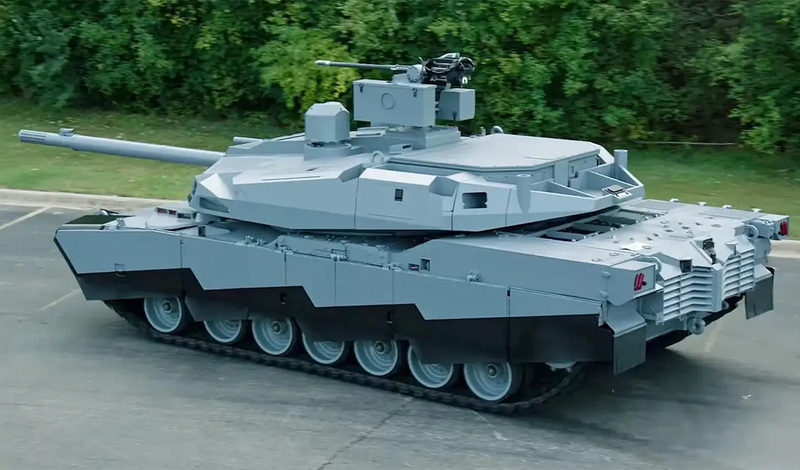
Other notable features include hydropneumatic suspension, an active hard-kill vehicle protection system, and augmented reality technology that provides a 360-degree view around the tank.
Looking Ahead: The Future of Armored Warfare and the U.S. Army's Vision
The decision to shift focus from the M1A2SEPv4 to the M1E3 Abrams is not just a mere change in designation or an upgrade in technology. It's a reflection of the U.S. Army's vision for the future of armored warfare and its commitment to staying ahead of potential adversaries. Here's a deeper look into what lies ahead:
1. Adapting to Modern Battlefields
Modern battlefields are evolving rapidly. Urban warfare, electronic warfare, cyber threats, and the increasing use of drones and unmanned systems are changing the dynamics of ground combat. The U.S. Army recognizes that tanks and armored vehicles must be agile, adaptable, and technologically advanced to face these challenges. The M1E3 Abrams, with its focus on reducing weight while enhancing capabilities, is a step in this direction.
2. Integration of Advanced Technologies
The potential integration of features from the AbramsX technology demonstrator into the M1E3 Abrams hints at a future where tanks are not just about firepower and armor. Advanced sensors, augmented reality systems, machine learning algorithms, and the ability to operate in tandem with unmanned systems are likely to define the next generation of armored vehicles. These features will enhance situational awareness, decision-making, and operational efficiency on the battlefield.
3. Sustainability and Logistics
The shift towards a diesel-electric hybrid drive and the emphasis on reducing the logistical footprint of the M1E3 Abrams underscore the U.S. Army's focus on sustainability and operational efficiency. A reduced logistical footprint means that Armored Brigade Combat Teams (ABCT) can operate longer in the field with less dependence on supply chains, making them more effective in prolonged conflicts.
4. The Next-Generation Tank
While the M1E3 Abrams is set to be a formidable presence on the battlefield, it's essential to note that it's seen as a bridge to the next-generation tank, unofficially known as OMT or DLP. The development and deployment timeline for this next-generation tank might be influenced by the learnings and experiences from the M1E3 Abrams project. The U.S. Army will likely use the M1E3 as a platform to test and refine technologies that will eventually find their way into the OMT or DLP.
5. Global Defense Posture
The geopolitical landscape is also a factor in the U.S. Army's decisions. With rising tensions in various parts of the world and the lessons learned from recent conflicts like the war in Ukraine, the U.S. Army understands the need for a tank that can be rapidly deployed, is adaptable to various terrains and scenarios, and can counter the armored vehicles of potential adversaries.
In conclusion, the future of armored warfare is not just about bigger guns and thicker armor. It's about integrating technology, adapting to evolving battlefields, ensuring sustainability, and staying ahead in the global defense landscape. The M1E3 Abrams and the U.S. Army's vision for its future armored vehicles reflect this multifaceted approach to modern warfare.






